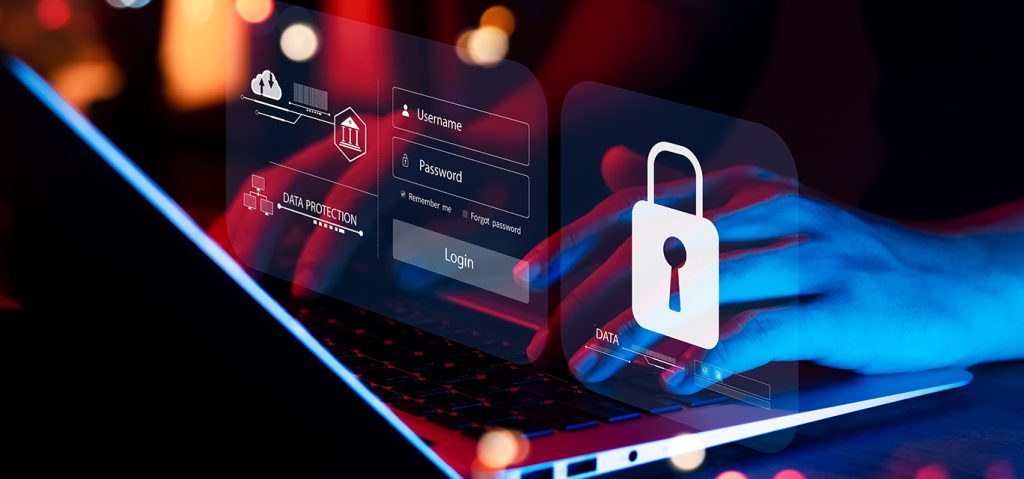As organizations shift toward cloud-first, agile, and highly interconnected platforms, their digital footprint—and associated risks—grow dramatically. In this environment, security testing is not just a safeguard but a strategic necessity. It protects critical systems and data while preserving customer trust and ensuring business continuity.
Why Security Testing Is Critical
Security testing ensures that personal, financial, and business-critical data is protected from breaches. It’s also key to meeting regulatory requirements such as GDPR, HIPAA, and CCPA. By proactively addressing vulnerabilities before they are exploited, organizations avoid reputational damage and build lasting trust with customers.
Essential Security Testing Practices
A robust security strategy begins with threat modeling, which identifies risks early in the design phase based on the system’s architecture and user interactions. This is followed by vulnerability scanning, a routine process that helps detect flaws introduced by software updates, patches, or configuration changes.
Penetration testing mimics real-world attacks to uncover weaknesses in system defenses and gauge incident response. For digital systems that rely heavily on integrations, API security testing is crucial to verify authentication, data handling, and input validation.
As businesses adopt cloud-native technologies, cloud security testing ensures encryption, access policies, and identity management are properly configured. In parallel, mobile app testing addresses platform-specific risks like insecure storage or weak authentication mechanisms.
Overcoming Key Challenges
Modern development environments introduce new hurdles. Today’s systems are often composed of multiple APIs, services, and cloud platforms, making uniform security a challenge. The solution lies in holistic testing approaches supported by architectural mapping.
Rapid development cycles in agile and CI/CD pipelines can limit the time allocated to security. This is where DevSecOps comes in—embedding security directly into the development process from the beginning.
With cyber threats constantly evolving, staying ahead requires real-time threat intelligence and a mindset of continuous testing and adaptation.
Conclusion
Security testing has evolved from a periodic checkpoint to a continuous, integrated discipline. It’s essential for building trust, ensuring compliance, and defending against modern threats.
To thrive in today’s digital landscape, organizations must embed security testing across every phase of development and operations. By doing so, they not only reduce risk—they enable safer, faster, and more confident innovation.




